Abstract
Mature hens typically ovulate in precise daily cycles, adding albumen and shell within 24 hours and depositing the egg before the next ovulation. As deviation from this precision production of eggs, two or more ovulations may happen within a few hours, and then two or more yolks are found in one shell. Double-yolk (DY) eggs are mainly found and are easy to recognize in young flocks, because they are much larger than single-yolk eggs of the same flock. Researchers have studied genetic differences and environmental effects on the frequency of DY eggs. Genetic parameters indicate that an increase by selection would be possible, but may be at the expense of persistency. Rapid increase in day length at the time of sexual maturity and transfer from rearing to laying facilities contributes to more DY eggs in young flocks. Recent data suggest that the frequency of DY eggs in egg-type chickens has not increased since the early 1980s. In broiler and layer breeder flocks, appropriate lighting programs and controlled feeding are used to optimize the age at sexual maturity and to maximize the number of hatching eggs. To develop a niche market for DY eggs as a premium price specialty would require a pool of different age flocks and promotion throughout the year.
Keywords
chickens, egg production, double-yolk eggs, age, lighting
Co-Authors
D. Cavero and P.C.M. Simons
Introduction
During evolutionary times, the size and composition of eggs in avian species must have been optimized for efficient reproduction, and the eggs within a clutch are similar in size. When humans started to breed chickens for egg production, they discovered that egg weight varies with season, age of the hens and nutrition. After Mendel’s laws had been re-discovered, geneticists took a closer look at the variation among laying hens in egg weight. Egg weight seemed of special interest, because it varies a lot, consumers are willing to pay a higher price for larger eggs, and the egg weight distribution during a full laying year can be changed by selection.
Pullet growers apply controlled lighting and nutrition to optimize the age at sexual maturity and early egg size; egg producers use phase feeding to maximize egg income over feed cost. Good management practice should assure that the hens eat enough, continue to gain weight and increase early egg weight quickly, because small eggs are difficult to sell at production cost. Physiologists have analyzed and described the process of egg formation from maturing ova to ovulation and oviposition. As explained by Kaspers (2016), follicles with different size develop with the onset of sexual maturity, resulting in a hierarchy of follicles. Normally only one pre-ovulatory follicle develops per day, but occasionally two ova are released almost at the same time, within a few hours, resulting in eggs with two yolks. These double-yolk (DY) eggs have attracted the interest of researchers and egg producers.
Our interest in the subject goes back to the late 1960s, when the senior author reviewed the literature and estimated genetic parameters in commercial White Leghorn lines (Flock, 1984). Renewed interest was triggered by the recent publication “EggSignals” (Simons, 2017), which contains a lot of information on DY eggs, but little about genetic aspects. With courtesy of Roodbont Agricultural Publishers, two pictures of DY eggs are shown in Fig. 1 and Fig. 2:
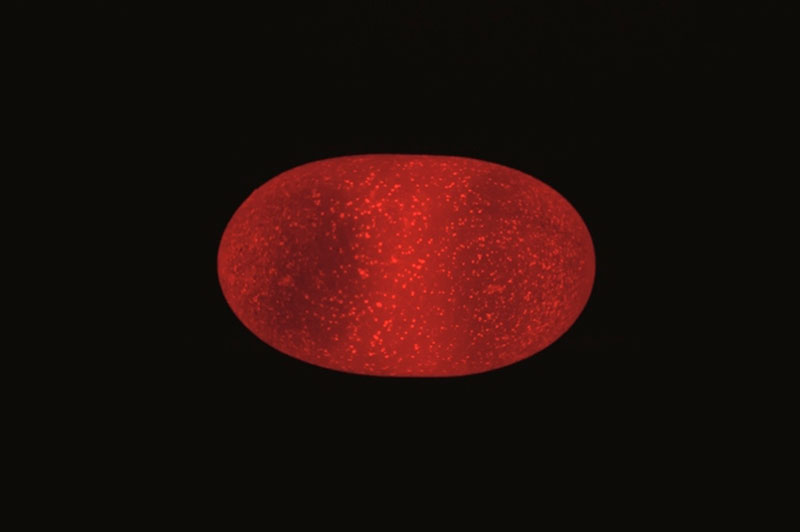
Figure 1: Double-yolk egg under a candling light (Source: Roodbont publishers B.V., Egg Signals)
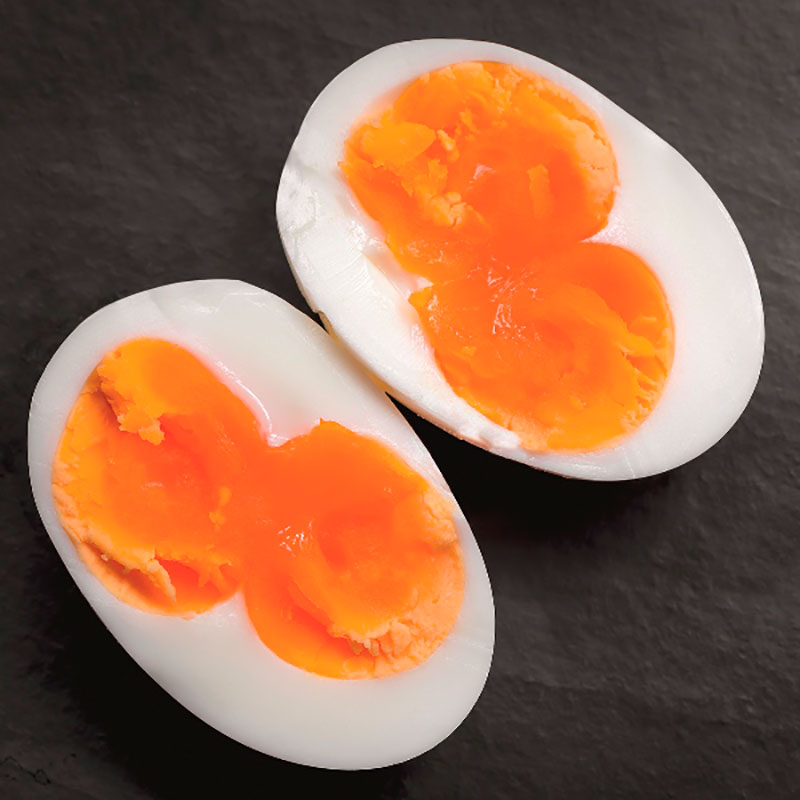
Figure 2: Boiled double-yolk eggs (Source: Roodbont publishers B.V., Egg Signals)
With reference to earlier publications, we will discuss the following questions:
(1) Are today’s commercial laying hens with close to 100% peak production laying more DY eggs than reported in previous studies?
(2) To what extent is the incidence of DY eggs influenced by genetic disposition and/or management?
(3) Is the incidence of DY eggs a useful indicator of good management practice?
(4) How are commercial broiler breeders and hatching egg producers controlling erratic oviposition in parent flocks today?
Results of a selection experiment with White Leghorns in California
Poultry researchers at the University of California started selection experiments with chickens about a century ago to demonstrate that Mendel’s laws of inheritance also applied to quantitative traits like egg production. These experiments were a useful tool to teach students the principles of genetics. In 1964, a selection experiment was started to find out whether the incidence of DY eggs in White Leghorns would also respond to selection. Abplanalp et al. (1977) reviewed the literature on DY egg production and documented the progress in 10 generations, from about 2% to 30% in two closed lines, while a control line remained essentially unchanged (Fig. 3).
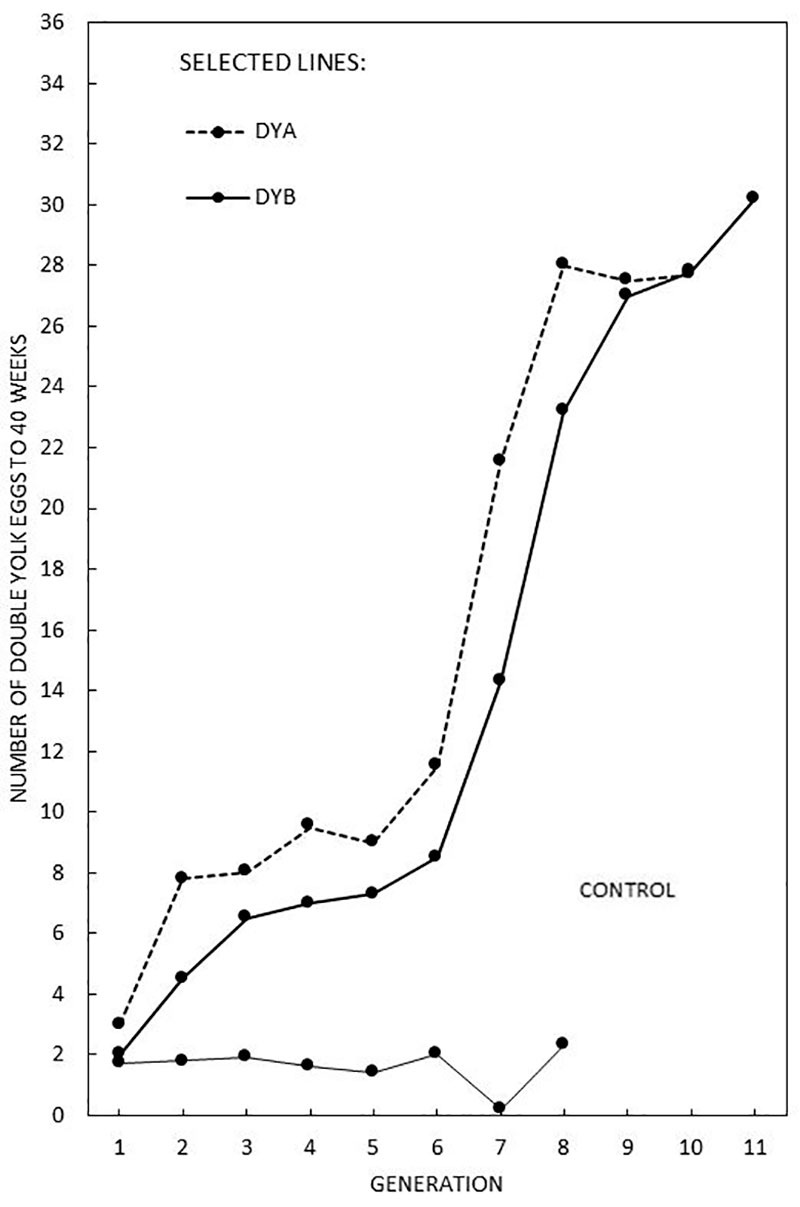
Figure 3: Incidence of double-yolk eggs in two lines of White Leghorn hens selected for incidence of double-yolk eggs (Abplanalp et al., 1977)
In the final generation, the yolk production in single and double eggs were recorded for a cross of the two selected lines from to 32 weeks of age, and a replicate of this cross was tested at the Spelderholt Institute in The Netherlands to 55 weeks. Results of this test are shown in Fig. 4:
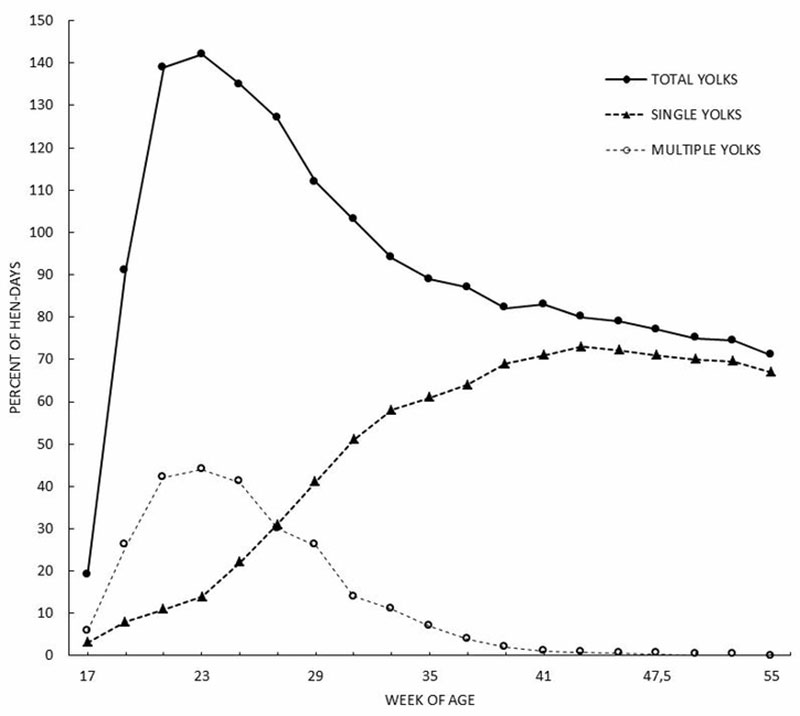
Figure 4: Hen-day yolk production in an F1 cross of two White Leghorn lines selected for DY egg production over 10 generations (Abplanalp et al., 1977).
Variation among laying strains and seasonal effects in Florida tests
Christmas and Harms (1982) analyzed differences between 16 commercial White Leghorn strains, based on repeated entries in seven trials at the Florida Strain Evaluation Center. All birds were grown under natural daylight conditions and subjected to 14-15 hours light in the laying house after transfer at 150 days of age. The period from 150 days of age to age at 50% production varied from 27 to 35 days. Each test lasted 400 days, and therefore the age at 50% in subsequent trials also changed. The data were analyzed as an incomplete block design, to estimate the differences due to strain and season as independent effects.
On average, these 16 strains reached 50% production at an age of 163 + 3.6 days and laid 1.77 + 0.62 % DY eggs. The differences between strains were statistically significant (range from 1.12 to 3.52 %). Seasonal effects showed a consistently higher frequency of DY eggs when test flocks reached sexual maturity between March and July (2.0-3.0 % ), compared to flocks reaching sexual maturity between September and January (0.7-1.8 %). in eggs and age at 50 % production during the first 27 to 35 days in the laying house.
Genetic parameters in commercial White Leghorn lines
After Abplanalp et al. (1977) had shown in a long-term selection experiment that the incidence of DY eggs responded to single-trait selection in two experimental White Leghorn lines, we verified these findings by estimating genetic parameters in a large population of commercial White Leghorns (LSL). A total of about 12,000 pedigree chicks of three pure lines and two single crosses were hatched over a period of 5 weeks (late March to early May 1982), reared under floor conditions in windowless houses and transferred to the test farm within two weeks, when the oldest birds were about 20 weeks of age and began to lay. At transfer, the daily light hours were increased from 8 to 12 hours, and the feed was changed from developer to layer mash.
Under these conditions, we could estimate the combined effects of light stimulation and change to layer feed as “age at transfer” and estimate genetic parameters with a mixed model. Across all genetic groups, the percentage DY eggs increased from 1.64 to 2.49% during the first 8 weeks and from 0.77 to 1.10% during the first 24 weeks of production in response to 10 days earlier transfer to the laying house. Pullets from the first hatch were housed in group cages and not used to estimate genetic parameters (Flock, 1984).
From the weekly results per line and cross we calculated the “heterosis” for the incidence and weight of DY eggs, defined as excess of the cross over the parent average, as shown in Table 1:
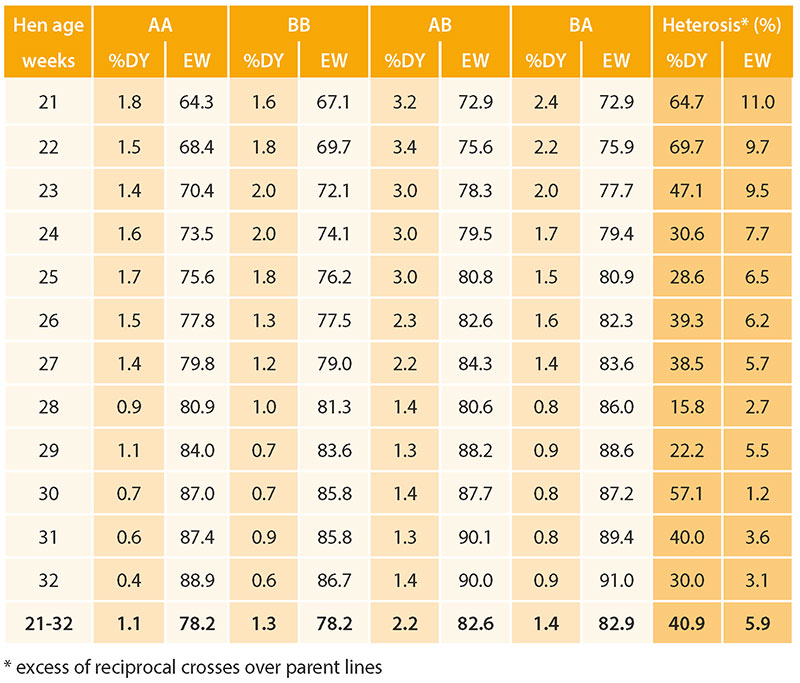
Table 1: Frequency and average weight of DY eggs by age (modified from Flock, 1984)
The percentage of DY eggs (relative to the number of eggs laid per week) reached its maximum before peak production, while the number of DY eggs continued to increase with increasing rate of lay. The incidence of DY eggs was significantly higher in the crosses than in the pure-lines, and the difference between reciprocal crosses suggests that maternal effects may be important. The average weight of DY eggs increased with the age of the hens, from about 35 to 45% above single yolk eggs.
Heritabilities and genetic correlations were estimated only for hens in single cages which had survived to 44 weeks of age. Mortality was negligible under these management conditions on the breeding farm. The number of DY eggs to 44 weeks of age had a higher heritability (0.26 + 0.04) than the total number of eggs (0.12 + 0.02), and the pooled genetic correlation was negative (rg = -0.18). Correlations between pureline and cross-line sire progeny groups were higher for the number of DY eggs (0.54 to 0.61) than for the total number of eggs to 44 weeks of age (0.32 to 0.44).
The negative correlation between DY egg production to 44 weeks of age and full year production is confirmed by the results in table 2:
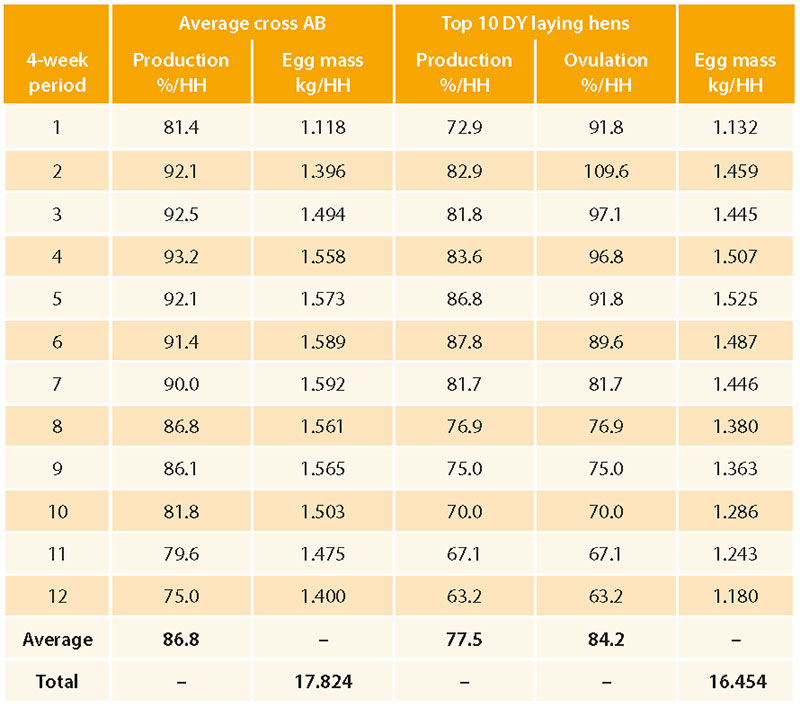
Table 2: Full-year egg mass production per hen housed (HH) of the top 10 hens with the highest number of DY eggs, compared to the average (modified from Flock, 1984)
The top 10 DY layers had a significantly higher ovulation rate during the first 16 weeks of production, but then lost in terms of cumulative egg mass due to inferior persistency. These results suggested that section should focus on persistency of egg production and shell quality rather than more DY eggs during early production.
Recent results from commercial White Leghorns in Japan
Since our studies in the 1970s and 1980s, genetic improvement of commercial lines continued, while the structure of primary breeding companies changed and farms with pedigreed stock were located on different continents to assure continuoussupply of parent stock to customers around the world. With progressing globalization of the egg industry, the H&N breeding program was relocated from the USA to Germany, and brown-egg breeding has become as important as white-egg breeding. For the present study, we can therefore refer to recent data from white-egg layers in Japan and brown-egg layers in Spain.
Japan is perhaps the best country in the world to study egg marketing and to discuss breeding goals with business partners focused on efficient production of top quality eggs. As a common management tool, daily results are recorded and compared with previous flocks or standards in management guides. Table 3 shows an extract from a much larger document with detailed results of a recent parent flock (courtesy of Ghen Corporation):
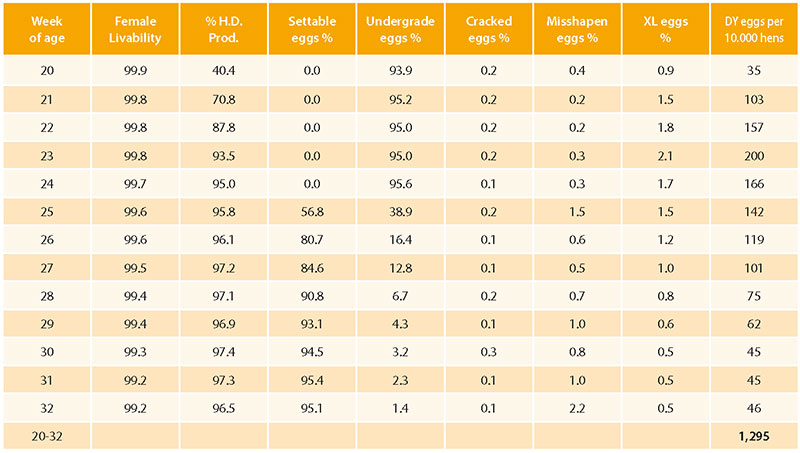
Table 3: Production and egg quality of a recent “Julia Lite” parent flock in Japan
No eggs were recorded before 20 weeks of age, and all eggs were graded on size. Only normal eggs between 52 to 72 g are used as hatching eggs to assure uniform chick quality. DY eggs are sorted out mechanically by weight and/or by subjective inspection of eggs from young flocks. Since few DY eggs will be laid after 34 weeks of age, this parent flock will average less than 0.14 DY eggs per hen housed.
The incidence of DY eggs varies more on commercial farms than on parent farms with top management. As an example, the following Table 4 shows an unusually high percentage of DY eggs in a flock of 6,326 “Julia Lite” which hatched in February 2016 and was reared under conditions of open housing during a period of increasing natural daylight.
The flock lacked uniformity when it reached sexual maturity at an average age of 145 days of age, started with low average egg weight and reached peak daily egg mass production close to 50 weeks of age.
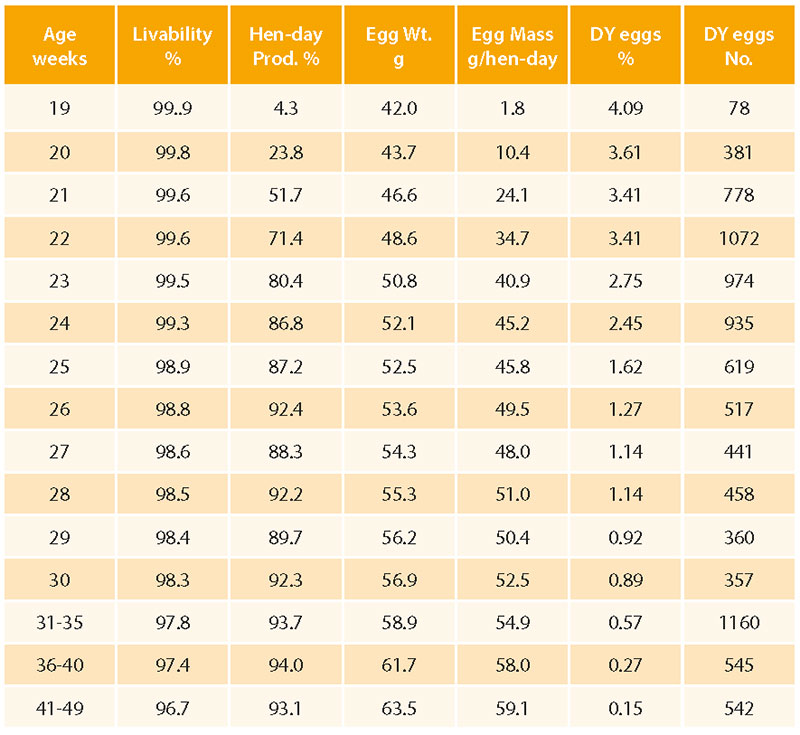
Table 4: High incidence of DY eggs in a flock of “Julia Lite” White Leghorns, hatched 20-02-2016 and reared with increasing natural day-light (Source of data: Farm Kitagawa yohkei; courtesy of Ghen Corporation, Japan)
Recent results from commercial brown-egg lines in Spain
We are not aware of any published data on the frequency of DY eggs in brown-egg lines and the composition of DY eggs compared to single yolk (SY) eggs. We have therefore summarized daily records from two pedigreed commercial brown-egg lines currently on test in single and group cages in Spain. The weekly incidence is shown in table 5:
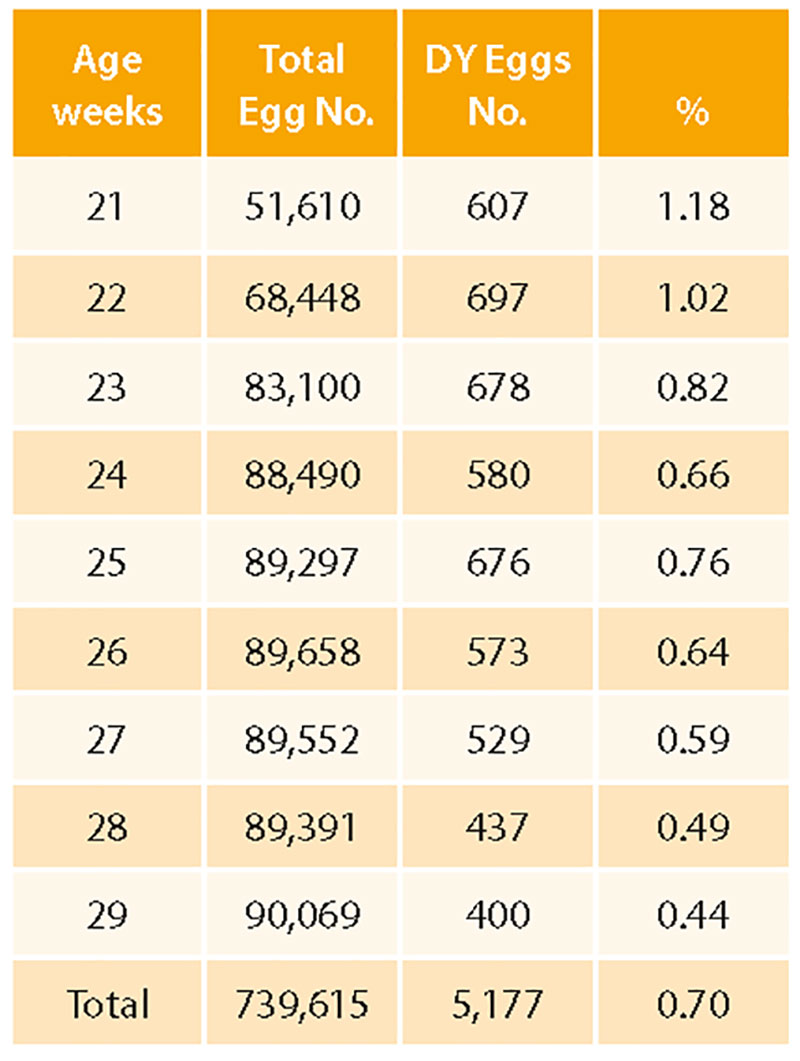
Table 5: Incidence of double-yolk eggs in two commercial brown-egg lines
The pullets had been reared under environment-controlled conditions and were 27 and 30 weeks of age when a sample of 120 DY and 120 SY eggs per line were broken out to determine the composition of DY eggs. The results are summarized in table 6:
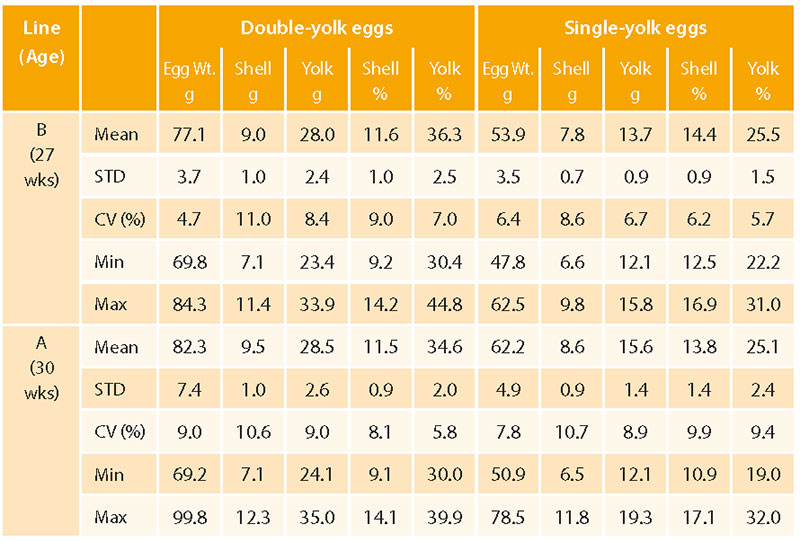
Table 6: Weight and composition of double-yolk vs. single-yolk eggs
Weight and percentage of albumen can be calculated as whole egg minus shell and yolk. On average, DY eggs were 37.3% heavier than single-yolk eggs from the same group of hens, mainly due to almost double yolk weight (+92.8%). DY eggs had 12.8% higher shell weight and 19.9% higher albumen weight, but lower percentage shell and percentage albumen than single-yolk eggs.
Depending on the time laps between the first and second ovulation, the egg white in DY eggs may enclose each yolk or both yolks, and more egg white may be seen around the first yolk. Additional shell weight suggests more than 24 hours from first ovulation to oviposition, and a DY egg is often followed by a day without oviposition.
Controlling the incidence of DY eggs in meat-type breeders
Jaap and Muir (1968) studied non-rhythmic laying patterns in large-bodied broiler lines during the first three month of lay and found that between 9 to 20% of their ovulations resulted in defective eggs: 5.0 to 12.5 % were double-yolked. 3.7 to 7.0% soft-shelled or shell-less, and 1.6% to 6.4% were laid as two eggs within 24 hours.
Early work on DY eggs of meat-type chickens is based on data with ad libitum feeding to 8 weeks, which used to be the standard age at which broiler lines were selected for rapid juvenile growth rate. When the intensive selection with focus on early growth rate started to show undesirable correlated effects on reproductive performance, specialized sire and dam lines were selected on an index which emphasized broiler growth rate and meat quality, while index selection of female lines was based on a combination of broiler traits and reproductive performance.
Van Middelkoop (1973) reviewed the literature on effects of the dw gene on ovulation rate and oviposition in egg-type and meat-type chickens. At the Spelderholt Institute for Poultry Research. he mated females of three heavy White Rock lines to heterozygous Dw/dw males and compared the reproductive performance of normal sized (Dw) and dwarf (dw) daughters of the same sires over a laying period of 32 weeks.
As shown in the following table 5, the heavy Dw- hens produced on average 10 more yolks than their smaller dw- sisters, whereas the dwarf hens produced 10 more normal eggs.
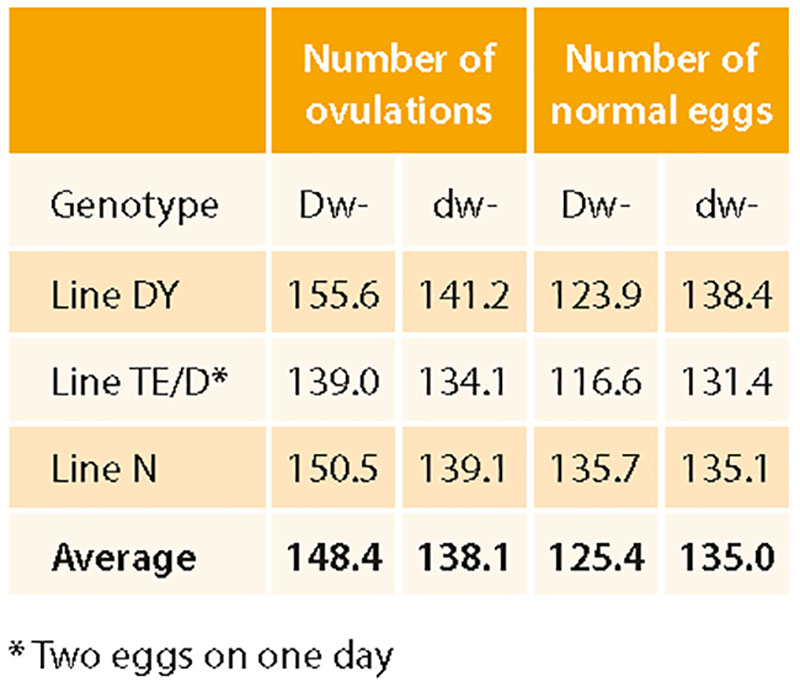
Table 7: Influence of the dwarf gene dw on ovulation rate and production of normaleggs in three experimental White Rock lines (Source: van Middlekoop 1973)
In this experiment, the advantage of the dw- gene was most pronounced in the lines previously selected for DY eggs or two eggs a day and during the first 8 weeks of production. Differences in early egg weight were not discussed, but would be of interest for commercial hatcheries which set eggs only above a minimum weight for good chick quality and early growth rate.
Several broiler breeding companies have introduced the dw- gene in a line used as maternal grandsire of dwarf parents to reduce the feed cost per hatching egg. Mated to heavy males, they produce normal sized broilers. With sex-separate feeding and spiking the flock with young males, adequate fertility can be achieved. The argument of fewer DY eggs has never been a commercial issue in promoting dwarf breeders. Light control and modern technology to control feed intake in breeder flocks helps to reduce erratic ovulation and the incidence of non-settable eggs.
Broiler breeder field data indicate that double yolk incidence is normally between 1-2%. This is within the range observed in pedigree flocks which has stayed unchanged for the last 20 years. In commercial PS flocks, incidence above 2% are related to flock management issues, typically poor uniformity through rear resulting in variable response to light stimulation and a consequent increase in incidence of double yolks (Avendano. 2017).
Discussion and Conclusions
Most of today’s commercial layers will produce one normal shell egg per day and follow the diurnal pattern recently described by Kaspers (2016), provided they are properly managed during rearing and especially during the critical time of transfer to the laying house. Personal information from colleagues who are in close contact with the egg market suggests that DY eggs are found in every young whiteegg and brown-egg flock, with variable frequency, and that egg producers never complain about too many. About 2% DY eggs are common at the time when pullets reach sexual maturity, and there is no evidence that the rate has changed significantly in recent years. A higher incidence is most likely due to overstimulation, when the pullets are exposed to an abrupt increase of day length and/or light intensity at the time of transfer to the laying house, which should be avoided with good management practice.
In our earlier data (Flock, 1984), we could not test whether laying of DY eggs involves an increased risk of mortality due to prolapse or vent picking, because the hens were kept in single cages, with essentially no mortality. In case of significant mortality due to vent picking, it is recommended to take a closer look at the conditions during rearing and laying: the pullets should not be fat when they lay their first egg, and their cloaca should be out of sight for other hens while laying an egg. Mucous membranes of the uterus are everted when an egg is laid, and it may take longer to retract them after laying a DY egg. These membranes attract the attention of other hens, and this may initiate vent picking and cannibalism in the flock, especially if the light intensity is too high.
While egg producers are unlikely to complain about “too many” DY eggs, the negative correlation between DY egg production at onset of lay and persistency of production should discourage producers from overstimulating pullets at the time of transfer from rearing to laying facilities. Systematic feed formulation to support high early egg weight is a better solution to meet the demand for larger eggs in young flocks.
The incidence of DY eggs in chickens is much lower than twinning in humans, and it is to some extent heritable. The incidence in today’s commercial white-egg and brown-egg layers is apparently not higher and perhaps even lower than a few decades ago, when peak production was much lower.
If primary breeders wanted to develop a line with higher incidence of DY eggs for a special niche market, they could focus on early production instead of persistency and credit these eggs with their true sales value instead of counting them only as “saleable” eggs at an age when eggs are small. Selection intensity would be high as long as the frequency of DY eggs is low.
Unfortunately, DY eggs often end up in processing plants, where their added value is not recognized; or they are sold on open markets as a seasonal specialty but are no longer available if customers ask for them again. Developing an attractive niche market for DY eggs would require coordination between enough egg producers to assure continuous supply from young flocks, to collect these eggs carefully on special flats to minimize shell damage, and – last not least – a smart marketing approach with quality assurance for consumers who are prepared to pay for the added value of these eggs.

Literature
Abplanalp, H., D.C. Lowry and G.H. van Middelkoop (1977) Selection for increased incidence of double-yolked eggs in White Leghorn chickens. Brit. Poultry Sci. 18: 585-595.
Avendano, S. (2017) Personal communication.
Christmas, R.B. and R.H. Harms (1982) Incidence of double-yolked eggs in the initial stages of lay as influenced by strain and season of the year. Poultry Sci. 62: 1894-1895.
Flock, D.K. (1984) Untersuchungen über das Vorkommen doppeldottriger Eier bei LSL-Legehennen. Arch. Geflügelk. 48(1): 15-20.
Jaap, R.G. and F.V. Muir (1968) Erratic oviposition and egg defects in broiler-type pullets. Poultry Sci. 47: 417-423.
Kaspers, B. (2016) An egg a day – the physiology of egg formation. Lohmann Information 50(2): 12-16.
Middelkoop, J.H. van (1973) Influence of the dwarfing gene on yolk production and the consequences for normal egg laying of White Plymouth Rock pullets. Arch. Geflügelk. 37: 192-196.
Simons, P.C.M. (2017) Egg Signals. A practical guide to improving egg quality. Roodbont Agricultural Publishers.
 Linkedin
Linkedin












